Guess you’re in a rush so I’ll cut to the chase. This applies to domestic and commercial leaks, and most of it is common sense.
The first thing for you to think about, “is it safe”? If there is a fire risk, or for example the vapours are overwhelming, then stay safe, keep clear and call the fire brigade.
If there is no obvious reason to worry then phone an expert (heating engineer, spill responder, your insurer, and/or environment agency) and find out to do to make sure that risks have been dealt with.
Here are a few quick fixes which may help reduce the damage caused-
Solution 1– Turn off the source- Find the tank, find the outlet(s), all should be fitted with a stop tap, twist the tap until it closes and stops the flow. If possible collect the oil in any available containers e.g. bins, or restrict the movement of the oil as best and safely as possible.
Solution 2– The tank is leaking- Decant(transfer) oil in to a suitable container to below the level of the leak.
Solution 3– Repair the leak temporarily (or permanently if you’re skilled enough, I’d guess skilled people won’t be searching the internet for this answer though??). SOAP is often the best answer, especially for oil tanks, jam solid soap into the crack, best applied like you would grate cheese, push the soap across the crack forcing soap to block the gap and stop the leak. Please don’t try liquid soap….
A final tip- cat litter is pretty good at absorbing oil.
You might find the eBook below helpful. We’re happy to talk to feel free to contact us on 0800 0209 307 or e-mail us on info@soilutions.co.uk.
2022
Visit our oil spill clean up guide
Here we present answers to lots of your questions about Oil Spill clean up. We also cover prevention, health and safety, clean-up, as well as response plans and spill response services.
CHECK IT OUT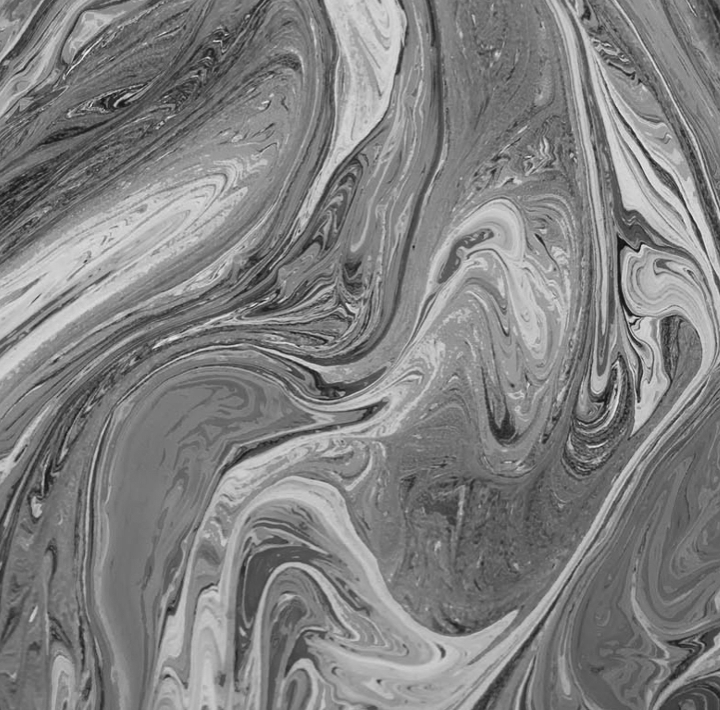
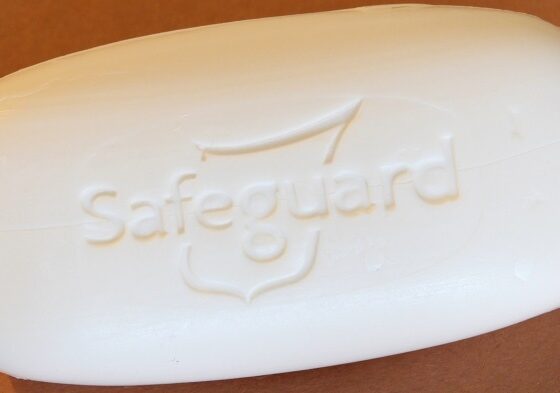
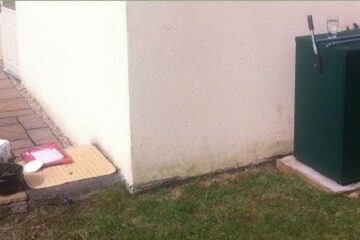
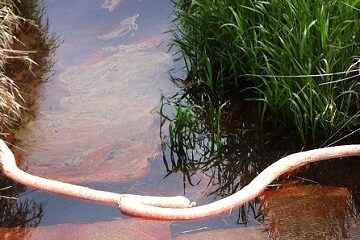
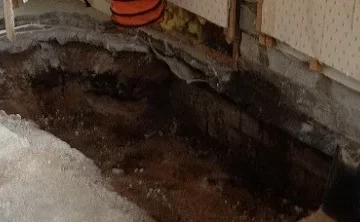



Oil Tanks normally domestic tanks of around 1000l.
Since being an owner of an oil fired heating system, whilst your advice is very good and accurate, one thing you missed was the more common smaller leak is the use of absorbant material to soak up the spill. Since the majority of householders are unlikely to have a proper spill kit to hand, one tip I have found which works when you get overspill from a tank being filled or a small leak ponding on the floor. Use cat litter or sawdust to absorb the oil as it sits on the floor, both work well in a domestic situation, and its normally something you can have to hand for an emergancy rather than thinking maybe I should have got a spill kit.
Thanks for the great advice. I will hold my hands up and say I’ve only ever attended an spill as a spill responder with all my kit. While we give out advice over the phone about stopping leaks, I hadn’t come across the cat litter ‘aid’ before.
Anymore handy tips out there are very much welcomed!
I just got 150 gal. of kerosene delivered , woke up to 2 pencil size hole peeing out oil on the ground from under the tank . (EMERGENCY) !! I found a piece of rubber and placed it over the leak and ratchet strapped it . ((( DON’T TIGHTEN TO MUCH ))) . just till it stops leaking and a tad more I would suggest and have done.
the tank is corroding from the inside out and is weak in that area , so caution needs to be taken on over tightening is my thoughts and concerns , hope it helps , there’s not a lot of advice for LIVE leak repairs I wasn’t sure what I was going to do when I woke up, but worked for me. shop vacume to suck oil off frozen ground worked great , gravity feed the oil back in tank using filter for any dirt …GOOD LUCK !!